
An analysis of the best method to prioritize critical patients.

An analysis of the best method to prioritize critical patients.

Three generations of veterinarians, builders and carpenters keep this Syracuse, N.Y., practice thriving.

This reader tip gets even the most suspicious dogs to take pills happily.

A sea turtle recovers from skull surgery in North Carolina and other state news from the world of animal health
![JenniferGarcia-[2241230]-787075-1384159380068.jpg](https://cdn.sanity.io/images/0vv8moc6/dvm360/e0cdd84b0c369f6ad770bc0892206085efbb0bf5-129x150.jpg?w=350&fit=crop&auto=format)
A new strategy for achieving appropriate antibiotic drug use.

Try toothpaste as a solution to stubborn smells.

How the triennial State of the Profession survey was conducted.

Dr. Robert M. Miller tells of the days when he briefly wore a beard and mustache, and the confusion that sometimes ensued.
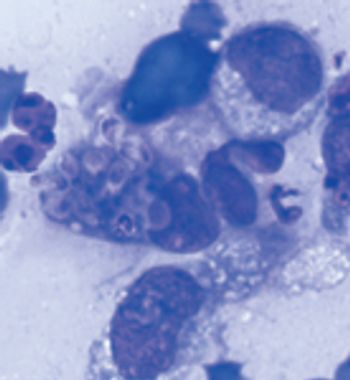
An antigen assay is one of the newer tools at your disposal for diagnosing this fungal disease.
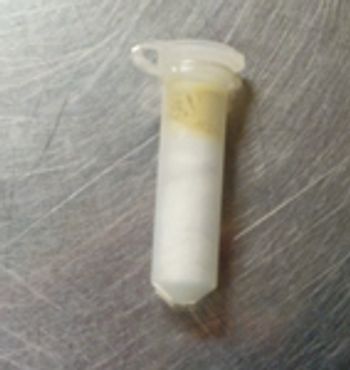
This tip for using styptic powder involves extra sample tubes and cotton.

During the 11th annual Pet Healthcare Industry Summit, Banfield presented four recipients with an Industry Summit award.

'Chew Barka' and "Pico de Gato" tops list.
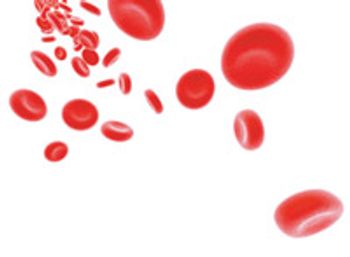
Guidance on when a blood tranfusion might be needed in your patients.

A solution for attaching rabies and microchip tags.

Dr. Eliza Sundahl encourages all clinics to change their clinic culture when it comes to cats.
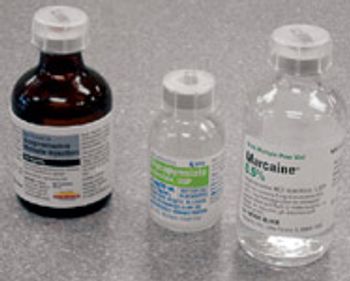
A reader tip to help bottles keep their tops on.

We all have those in our lives we admire, but it's not often we find ourselves in the spotlight. This essay is courtesy of the columnist's granddaughter.

A study found unsafe noise levels in dog kennels--take precautions to protect your patients and staff.
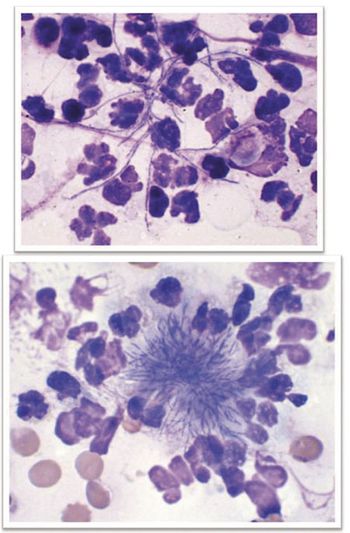
Look at the cytologic slides and discern the cause of a rottweiler's masseter muscle mass.

Navy-trained dolphins, sea lions serve as animal soldiers protecting sailors and ships.

A calm environment, distractions, and possibly medication or pheromones can help manage anxiety.

This six-city event offers free booths for local veterinarians at pet fairs in Chicago, New York City, Kansas City, Dallas, Atlanta, and Los Angeles.

Improper reactions from pet owners may make behavior problems worse.

Problem behaviors can be treated, keeping pets with their families.

ClinQuiz: Eye on leptospirosis (Sponsored by Boehringer Ingelheim Vetmedica Inc.) Answer 2A

ClinQuiz: Eye on leptospirosis (Sponsored by Boehringer Ingelheim Vetmedica Inc.) Answer 3B

Accessible resources, alone time essential for multiple-cat households.
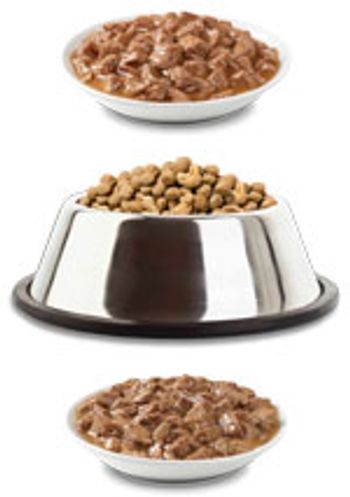
Compliance can be a challenge when recommending a therapeutic diet. Pets can be finicky and clients may become frustrated. Purina Veterinary Diets® understands and knows choice can go a long way toward making both pet and owner happier. That's why we're excited to introduce three new varieties to the Purina Veterinary Diets® menu.

Click here for the current and back issues of Veterinary Medicine.